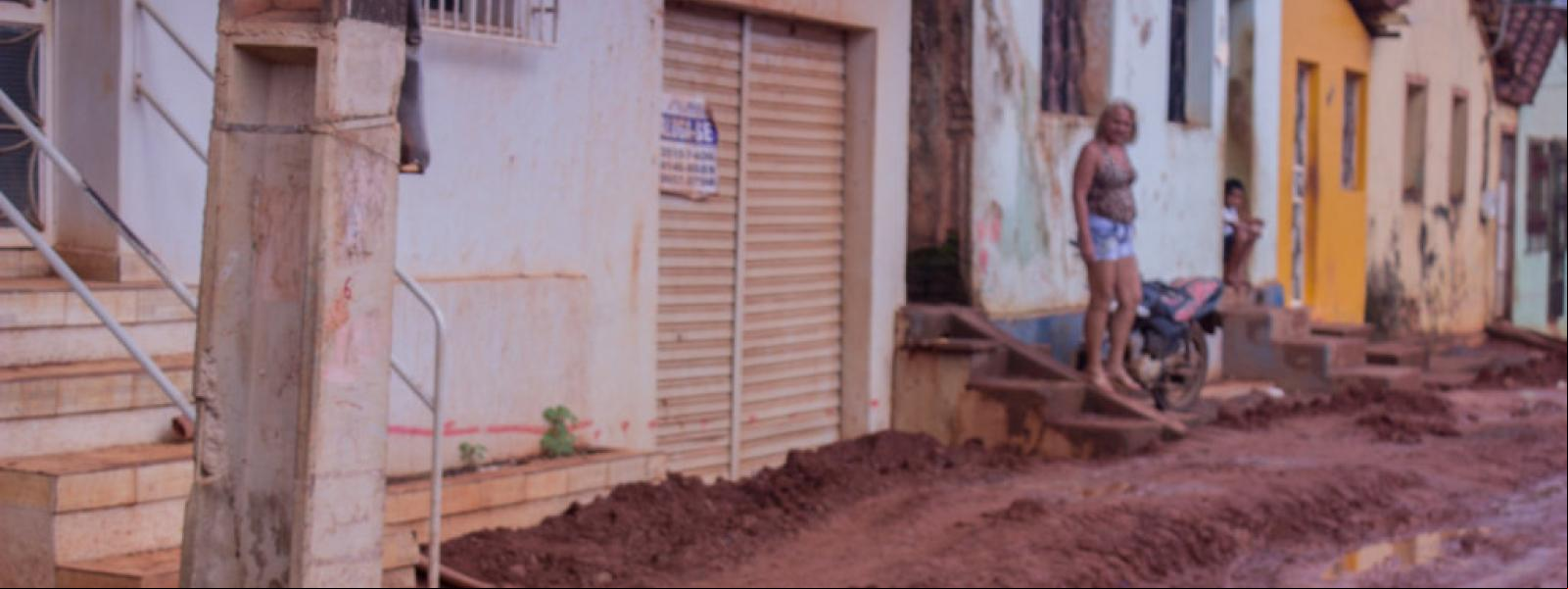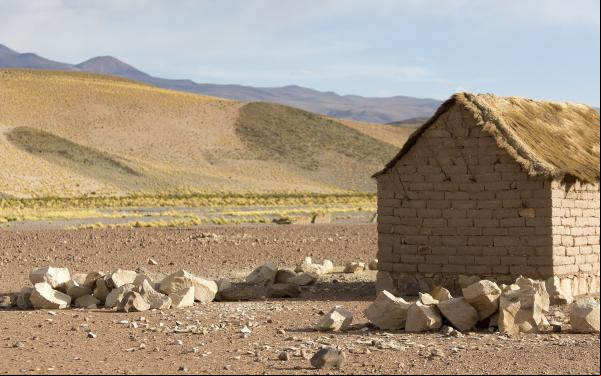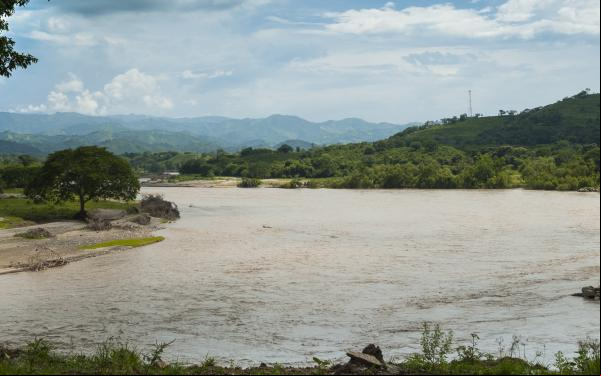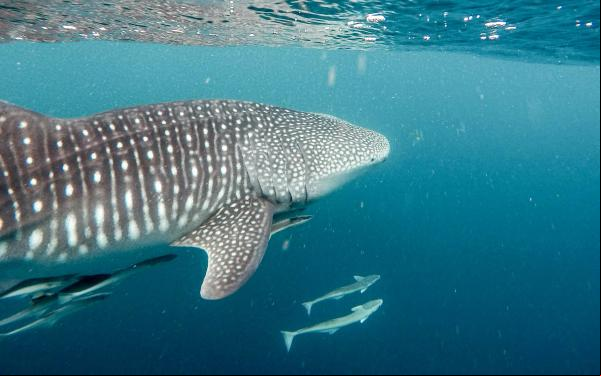
Project
Maíra Irigaray / Amazon WatchFazendo com que o Brasil se responsabilize pelos danos da represa Belo Monte
Quando em pleno funcionamento, Belo Monte será a terceira maior usina hidrelétrica do mundo, construída em um dos ecossistemas mais importantes do planeta: a floresta Amazônica. Localizada no rio Xingu, no Pará, um estado do norte do Brasil, o reservatório cobrirá mais de 500 quilômetros quadrados de florestas e terras agrícolas, uma área do tamanho da cidade de Chicago.
Para a população da Bacia do Xingu, a construção de Belo Monte tem significado a perda do o à água, à alimentação, à moradia, ao trabalho e ao transporte. Ao menos 20 mil pessoas serão deslocadas.
O governo e o consórcio encarregado do projeto começaram a construir a usina sem antes consultar primeiro as pessoas da região, muitas das quais são indígenas. Negligenciaram a normativa internacional de direitos humanos, a qual requer o consentimento prévio, livre e informado das comunidade indígenas afetadas. O Brasil também descumpriu as medidas cautelares outorgadas pela Comissão Interamericana de Direitos Humanos, as quais destinavam-se a proteger a vida, saúde e integridade das comunidades.
A represa começou a operar, ainda que não em plena capacidade. Recentemente um tribunal federal suspendeu a Licença de Operação do empreendimento devido à falta de cumprimento, por parte do consórcio, com as obras de saneamento básico em Altamira, cidade diretamente afetada pela hidroelétrica.
Consulta o expediente de fatos do caso
Partners:

Related projects

Reimagining the circular economy from the extraction territories. Proposals from Latin America
Among the various global commitments to address current climate crisis, international governance bodies, such as the United Nations, have provided guidance on the need to duplicate renewable energy production and electromobility to decarbonize the global energy mix, calling this process “energy transition”. However, this implies intensifying the extraction of minerals that make the development of these technologies possible. Each region of the world plays a different rol within the supply chain of minerals that will be used in decarbonization proceses. Latin America has been identified as one of the regions with vast mineral reserves that would fuel this transicion proposal. However, in this context of mining interest there is the tendency to make invisible the populations that inhabit these territories as well as their hydrogeological systems of local, regional and global significance.Lithium is one of the minerals that has noticeatly increased its commercial interest in of progress on energy decarbonization. It is in the Gran Atacama region, which encomes areas of Argentina, Bolivia and Chile, where the greatest global reserves are found. Nevertheless, for lithium to be available it requires going through a complex international supply chain, which is particularly complex since it includes mineral extraction, its refining to battery-grade, production of electrodes for batteries, production of batteries and, finally, production of electric vehicles.This situation, of increased demand for minerals in complex global supply chains, generates warnings about the risk for the region to recreate a new cicle of extractivism, should public policies that integrate in an effective way environmental, social and territorial development standards, are not devised and implemented.Circular economy, closely related to the energy transition process, arises as a key strategy to overcoming the logic of traditional linear economy system (take - make - consume - throw away). Its aim is to reduce pressure on the territories and common goods through the incorporation of sustainability criteria to supply chains, by promoting a more rational management of the mineral resources extracted.However, this way of understanding circular economy, linked to minerals for energy transition, is also ed by the expansion of extractivism, especially in the Global South. This comes as a result since decarbonization options requires a huge amounts of minerals for energy storage, and these are extracted at the cost of high environmental and social impacts that threatens the resilience of the ecosystems from where they are extracted posing a risk to the populations that inhabit them.Taking into these limitations, a circular economy proposal, from the perspective of Latin American extraction zones and applied to transition minerals, should contribute to guarantee that changes in the energy mix towards technologies with fewer Greenhouse effect emissions (widely known as energy transition), be truly just throughout all the stages of the process. This implies avoiding the creation, expansion and/or deepening of sacrifice zones, as well as ensuring environmental restoration, guaranteeing compliance with human rights as well as reparation of those rights that have been violated. Furthermore, it should take into the biophysical boundaries and resilience capacity of the environments. Read and
Read more
Motagua River: A story of contamination and a call for justice
The Motagua River, Guatemala's largest river, is severely polluted with sewage, solid waste, and other types of waste.It flows into the Caribbean Sea, so contamination reaches those waters, as well as the Mesoamerican Barrier Reef System - the world's largest transboundary reef - and the Honduran coast, causing unquantifiable social and environmental damage.Polluting activities occur throughout the river basin, including sub-basins and micro-basins.In general , the contamination has deteriorated the health and violated the right to water, development and a healthy environment of all the people living in the basin.The contamination of the Motagua is a problem that has been going on for decades and requires urgent long-term measures that contribute to the sanitation and integrated management of the river basin.Where is the Motagua River?The Motagua River is one of the main rivers in Guatemala. With a length of 486 km, it crosses 96 municipalities and 14 departments of the country. It originates in Quiché, a department located in the northwest, and flows into the Caribbean Sea.It is at its mouth that its flow meets the Mesoamerican Reef, which extends for approximately 1,000 km and covers the territorial waters of Belize, Guatemala, Honduras and Mexico. Thus, the pollution carried by the river deteriorates the health of the reef system, which is home to the second longest barrier reef in the world.The Mesoamerican Reef protects thousands of kilometers of coastline from currents, waves and storms. In addition to being a breeding and feeding ground for a great diversity of species, it is a carbon dioxide sink and a detoxifier of water and air. The ecological and economic health of the entire South Atlantic area depends on its conservation.In addition, pollution from the Motagua River reaches the coast of Honduras and spreads to Amatique Bay, located along the eastern coast of Guatemala and Belize. This is clearly a transboundary problem.Where does the pollution in of the Motagua River come from?The largest volume of contamination of the Motagua River comes from Guatemala City, the capital of the country, mainly through the waters of the Las Vacas River, which receives a large amount of solid waste from the Chinautla River, as well as sewage that is discharged into its waters on a daily basis.Solid waste from the Chinautla River, which flows through the municipality of the same name, comes from a landfill located in Zone 3 of the capital. Any small landslide in this landfill generates waste that is automatically dumped into the river at any time of the year.The pollution that the Chinautla river carries also consists of a large amount of sewage, generated by at least 500,000 people living in the northern part of Guatemala City, which does not receive any previous cleaning treatment.In the municipality of Chinautla there are numerous illegal landfills. In addition, many private vehicles and collection trucks dump waste on the banks of the Chinautla and Las Vacas rivers.According to data from the Integrated Environmental Management of the Motagua River Basin project, financed by the United Nations Development Program (UNDP), it is estimated that 66% of urban solid waste in Guatemala is not collected and there is no guarantee that the remaining 34% is properly disposed of. In addition, of the total number of landfills in the country, 88.32% are illegal or do not have municipal authorization.Most of the waste is dumped in streams and/or on surfaces that are susceptible to dragging, ending up in one way or another in water sources, such as the Motagua basin.In other words, the main source of contamination of the Motagua River is the poor management of solid waste and water resources in the country; the lack of compliance with existing regulations on wastewater discharge, disposal and treatment of waste and solid waste; as well as the lack of a water law.Who is affected by the contamination of the Motagua River?The contamination of the Motagua River affects the entire population of Guatemala. In the lower basin, it directly affects people dedicated to fishing, who have seen their catches reduced.And, by harming tourism in the Caribbean, it also affects the communities that depend on tourism for their livelihoods.As a basin-wide problem, the contamination of the Motagua affects those living in the main sub-basins and micro-basins of the river, including the indigenous communities of the Mayan Poqomam people in the cities of Chuarrancho and Chinautla.In Chinautla, the contamination affects the living conditions, health, environment, water sources, economy and culture of more than 18,000 people.The restoration of the Motagua River is crucial to improve the quality of life of at least 30% of the Guatemalan population, as well as those affected in neighboring countries.Actions to rescue the Motagua River from contaminationIn the face of the serious degradation of Guatemala's largest river basin, the damage to key ecosystems such as the Mesoamerican Reef, and the human rights violations that pollution generates, urgent measures are required, among them: compliance with environmental and municipal regulations, as well as prevent and halt environmental damage at the source through regulation, monitoring, supervision and oversight of activities that affect the rights of the inhabitants of the Motagua River basin.Strengthen regulations related to wastewater disposal and solid waste management so that they are implemented in a timely manner through complete treatment systems in the municipalities of the basin.Initiate actions to enable the socio-environmental restoration of affected ecosystems throughout the basin, including political, legislative and istrative measures to strengthen the legal system and allocate sufficient financial resources to ensure the protection of waters and territories.
Read more
The treaty protecting life on the high seas: Why should governments ratify it?
The ocean covers two-thirds of the planet. It is so immense and vast that 64% of its waters are outside any border, in a space known as the high seas.It is an area that lies outside national jurisdictions and represents 40% of the Earth's surface.Because of the wealth of marine life it harbors - including species new to science - the high seas are one of the world's greatest reserves of biodiversity. It is also a source of food and oxygen, regulates the climate, cushions the impacts of the climate crisis and sustains the livelihoods of fishing and tourism communities.Despite their importance, only 1.2% of the waters of the high seas have international protection.To fill this gap, in June 2023, UN member countries formally adopted an agreement to protect biodiversity in the high seas, which needs ratification by at least 60 countries to enter into force.Find out how many and which countries have ratified the treaty. As a reservoir of global common goods, the protection and sustainable use of the high seas is a right and an obligation of all governments. What does the High Seas Treaty state?The High Seas Treaty - short name for the Agreement on the Conservation and Sustainable Use of Marine Biological Diversity of Areas beyond National Jurisdiction (BBNJ Agreement) - is universal and can benefit all countries, even those that are not party to the United Nations Convention on the Law of the Sea (UNCLOS), such as Colombia, El Salvador, Peru and Venezuela.The treaty contains the following key elements:Area-based management tools. The treaty establishes a legal framework and a clear process for creating networks of marine protected areas, which can provide comprehensive protection for biodiversity in the high seas from multiple activities, maintaining the health and resilience of this part of the ocean.Environmental impact assessments. Under the treaty, any new activity on the high seas is subject to detailed, modern environmental impact assessments that include the cumulative impacts of multiple activities affecting the same ecosystem. Developing countries will be ed to take part in this task.Fair and equitable sharing of benefits from marine genetic resources. The agreement establishes obligations to share monetary and non-monetary benefits from the utilization of genetic resources found in the high seas (genetic material of any animal, plant or microbe) to develop new medicines, for example.Capacity building and technology transfer. The treaty provides for the provision of financing and technology transfer on fair for developing countries to increase their marine scientific and technological capacity, including data exchange, infrastructure development and improvement, and respect for traditional knowledge. Why should governments ratify the High Seas Treaty?Having a High Seas Treaty took more than two decades, including five years of negotiations at the UN. To secure this historic breakthrough, the agreement must enter into force - become law under international law - which will occur 120 days after 60 countries have ratified it. So far, 28 countries have ratified the treaty.Ratification means that countries, in addition to g it, give their formal consent to the treaty, which often involves ensuring that their national laws are consistent with it.There are many reasons why ratification of the agreement will benefit developing countries, particularly those in Latin America and the Caribbean. Some of these are:The treaty brings us closer to environmental justice. It will benefit countries historically excluded from access to the resources of the high seas, providing them with new opportunities for technological, scientific and economic development. It will also allow all countries to be active players in a global platform for decision-making, coordination and cooperation for the protection and sustainable use of these resources.The treaty allows for the conservation of key ecosystems. Under the treaty, all countries will be able to propose marine protected areas on the high seas, including landlocked countries (such as Bolivia and Paraguay). This will allow the protection of areas rich in biodiversity and endemic species in Latin America, such as the Salas y Gómez & Nazca submarine mountain ranges (Chile-Peru) or the Thermal Dome in the Central American Pacific.The treaty benefits local livelihoods and economies. By promoting a healthy and resilient high seas, the treaty will have positive effects on coastal areas and economic activities that depend on migratory species, such as whale and turtle watching, diving, tourism, commercial and sport fishing. Highly migratory species such as squid are vital to Latin American economies.The treaty provides a voice in decision-making on the high seas. Countries that have signed the treaty will participate in the meetings of the Preparatory Commission and those that ratify it will be able to participate in the Conference of the Parties (COP) of the agreement, the first version of which will take place one year after its entry into force, where key aspects of its implementation and the realization of its benefits will be decided.The call is therefore for all countries to ratify the High Seas Treaty, thus protecting 64% of our ocean, which today lacks effective protection.It is time to act for marine life and for future generations.
Read more